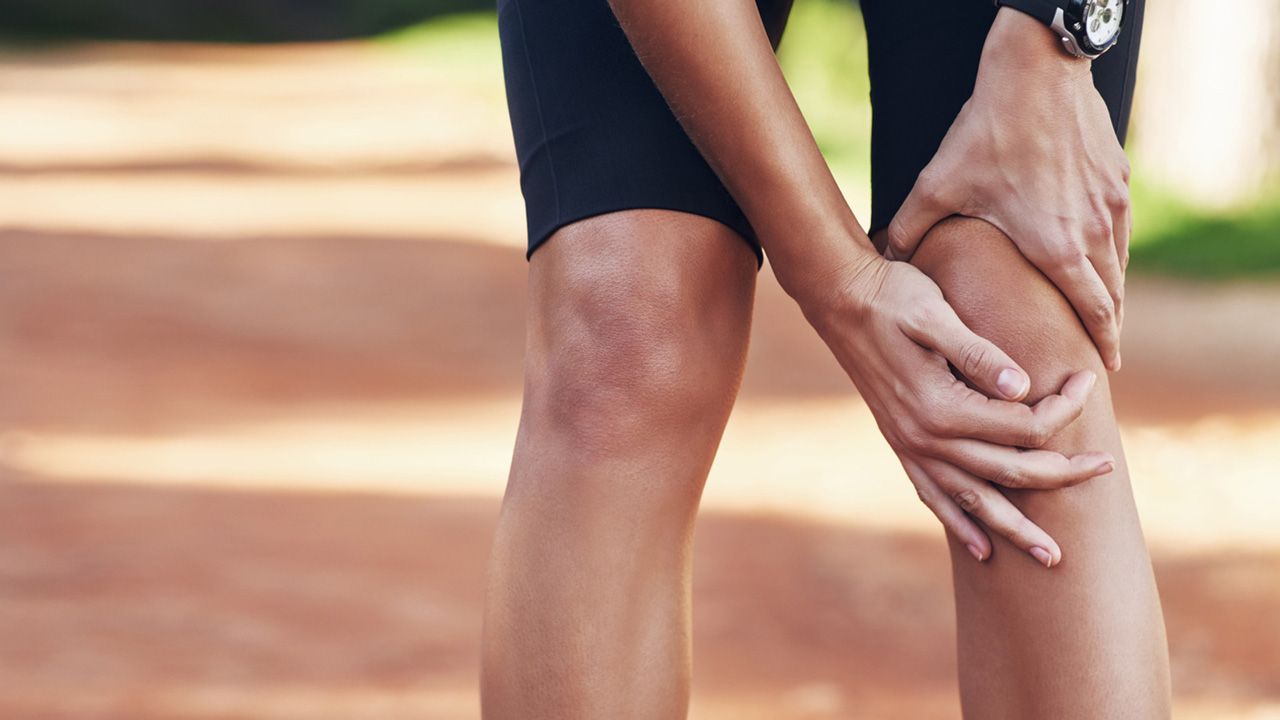All you need to know about runner’s knee; the do’s and do not’s.

Any activity that puts repeated amounts of strain on one’s knee can cause runner’s knee. Running is one of the most common activities that cause this, but besides running, playing any sport, jogging, walking, skiing, jumping and more cause be the cause too.
If one is it to be diagnosed with runner’s knee, that means one is feeling pain around and behind the kneecap (patella), especially where it joins the thighbone in the lower area.
This pain may occur when one is walking, climbing or going down stairs, kneeling down, squatting, sitting after the knee has been bent of long and even while running.
Often even swelling around the knee area can be seen along with some grinding in the knee.
The pain that’s caused due to runner’s knee is due to irritation of the soft tissues of the knee, wear and tear in the cartilage or even strained tendons. The other common causes cause be overuse of the knee. This cause the lining of the kneecap to wear out in time.
Trauma to the knee and kneecap area is another cause.
One cause that is a common cause for a lot of knee and back related issues is flat feet. So if you are a flatfooted runner, you may face knee related problems. Weak muscles and insufficient stretches and warmup post and pre-workout are other common causes.
Luckily if you have runner’s knee, you do not require to undergo surgery to be treated. The most common and effective method implemented by doctors is the RICE treatment.
RICE stands for Rest, Ice, Compression and Elevation.
Rest is the most important thing when your body has encountered any injury or trauma or even taken a hit. Rest gives a chance for the body to heal and repair. It gives the knee a chance to rest and not be stressed.
Icing helps in reducing the swelling when applied around the knee area.
Compression means to apply pressure by wrapping a napkin or towel around the knee area not very tightly, but just tight enough to reduce the swelling in that area.
Elevation refers to putting a pillow or something firm under the knee in order to raise it which will prevent further swelling from occurring.
Once the pain and swelling have gone down considerably, the doctor or physiotherapist will refer you some knee exercises which will help in the complete recovery.
This will help restore full strength and motion of the knee. A brace may be suggested for extra support.
Runner’s knee is quite common in athletes and running enthusiasts, but it can be completely prevented if the right steps are taken.